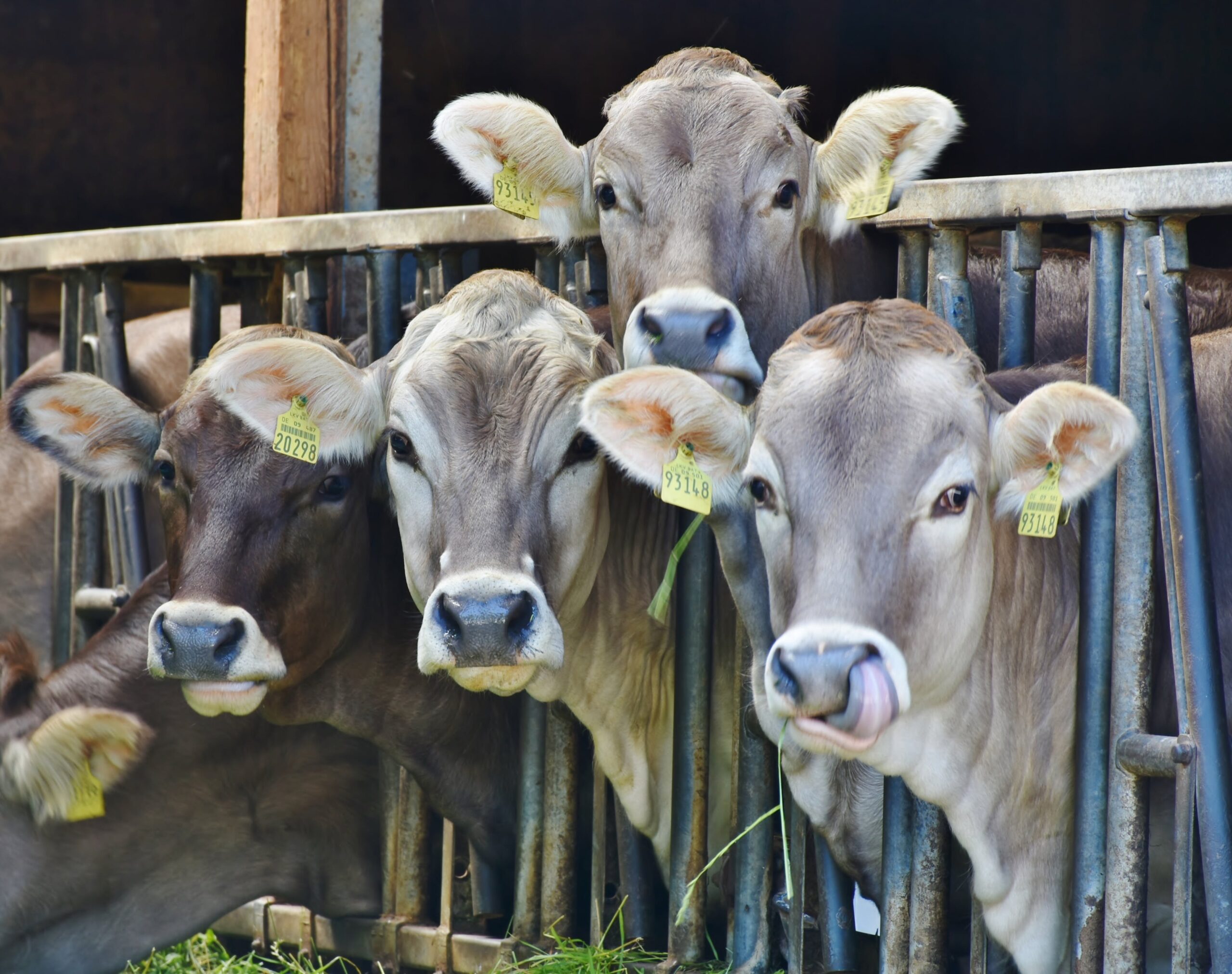There are lots of different breeds of cattle out there, but only two main groups: beef cows and dairy cows.
Beef cows are bred for their meat, dairy cows for their milk. In some instances, however, it can be advantageous to cross-breed an animal between the two groups – a practice known as beef-on-dairy. The resulting calf often fetches a higher price for dairies, which have to sell many of their excess animals.
Jennifer Spencer, assistant professor and dairy specialist for the Texas A&M AgriLife Extension Service, spoke to the Texas Standard about why the practice is becoming more common. Listen to the interview above or read the transcript below.
This transcript has been edited lightly for clarity:
Texas Standard: What are we talking about here? Dairy cows now being bred for beef or beef cows being bred for dairy, or what?
Jennifer Spencer: Yeah. So beef semen has now become used to artificially inseminate dairy cows. So the purpose of this is to kind of produce a higher quality beef calf.
So when we do this crossbreeding, it kind of combines the two traits of dairy and beef cattle. And the primary goal is to kind of get the characteristics out of the beef breed and produce that higher-quality and higher-yielding beef product.
I have to say, when I first heard about this, I wondered if the idea was to have dairy cows that could later be used for beef. I guess that’s not a thing.
Yeah, so sex-sorted semen has become more popular on dairy herds. So sex-sorted semen producers are almost 100% guaranteed to get a heifer calf out of that. And because of that, they’re able to genetically advance them at a quicker rate.
But therefore, there’s not necessarily a need for replacement heifers. And so using this beef semen, they’ve kind of tapped into, you know, a different part of the market.
What’s really driving this? I understand that this is called “beef-on-dairy,” and it’s becoming more and more common.
Yes, yes. It really has become more common.
They want to produce a high quality calf that they’re able to sell to the meat market. And it’s diversified their income, and they’re tapping into this market and kind of learning a little bit more about what consumer demands are and what the beef market is really looking for.
» RELATED: Cross-border cattle cooperation benefits beef business
What about the animals? Does it affect the animals in terms of what you have to feed them, how they act or react, or anything along those lines?
Very good question.
In order for a cow to start lactating, they have to have a calf. And so producers have to get these cows pregnant.
For the calf that’s produced, it does change. They take less time on feed. So they’re getting calves in and out quicker. And the packers are really benefiting as well from it because they’re getting a more uniform product that is similar to what a straight beef calf would get.
Any resistance among ranchers or anywhere else in the industry, or is this now becoming broadly accepted?
You know, it’s kind of become broadly accepted. I haven’t heard anything bad about it.
Producers have really liked it. It’s a lot more economically beneficial to them because they’re paying about the same price, but they’re getting a higher value out of that calf. I mean, even as much as four times more for that calf compared to a straight dairy.
When you talk about a higher value, what does that literally mean? I mean, does that mean you get more meat? You get better meat?
So you get higher quality the beef that’s coming out of it. So more marbling, better yield – so better product.
A lot of the times when you have like a ribeye from a dairy, you don’t get as much marbling. Whereas the crossbred, they’re kind of in between and more similar to the beef size of ribeye and the amount of marbling. So it’s definitely more appealing.
And the value that these producers are getting if they’re paying, let’s say, $20 a dose of semen for beef semen, but they’re getting that $200 calf versus $50 for straight dairy, they’re kind of making a lot more out of that.
And it sounds like this is having the effect of lowering prices for that higher quality product.
Right. Because too, there’s also the availability of these products.
Since the demand, you know, is going up, it could lead to a more competitive price of beef products that are more affordable to the average consumer. Instead of buying a, you know, $40 premium beef steak, you can pay $20 for a pretty similar and great tasting product.













